Do you ever feel like you half-way through a story and you forget the point? You start to do that “why was I telling this in the first place” thing.
Or ” “What Netflix-star Marie Kondo Can Teach You About Storytelling”
Do you ever feel like you half-way through a story and you forget the point? You start to do that “why was I telling this in the first place” thing.
Or maybe you realize that when it was time to wrap up the story, you ran out of story for before you hit the end of the runway? Kinda leaves you feeling like you just need to do a “tada” move to finish things off.
These are both really common when it comes to storytelling. For your story to “spark joy” in others, you’ve got to keep a few things in mind before you get started.
“The key to an effective story is knowing what the point of the whole thing is before you even get started. ”
Sharpen the Point
The key to an effective story is knowing what the point of the whole thing is before you even get started. It seems simply — but I lead storytelling workshops for sales teams, leadership groups, and public speakers all the time and often the stories breaks down before it begins because there is not specific point. Or there are 3 points.
Focus on one. Think in terms of proverbs or morals. What’s the moral of your story?
Visualize the Destination
Before you start thinking about the details of your story, take a few minutes to map out how it ends. What’s the big payoff? What’s the final resolution?
This makes it easier to map out how much detail you need in setting up the story, what kind of tension you will introduce, and what the big turning point at the end can be?
“No one should be wasting critical time on communicating in a way that doesn’t connect.”
Declutter the Setting
The achilles heel of most business storytellers is that they spend way too much time explaining the setting for the story. They go into deep details about who is involved, what the world looked like at the time, and a ton of other unnecessary details. This makes it hard to engage.
Instead, keep the setting simple. At the basic level, who are we are talking about, what was going on everyday for them, and what did they really want. We can learn more about them later as you dive into the conflict.
Accentuate the Tension
You might be telling stories for a bunch of reason — selling a service or product, speaking to investors, igniting your team into action, or moving an audience from stage. No matter what your reason — we need to understand what got in the way of the character getting their goal.
Your story shouldn’t go from “Lisa wanted to solve her business issue” to “so she hired us.” That’s just not going to do the job of creating change.
Think through the challenges she faced. Think about the challenges your audience might be facing. Can you align them? What types of objections does the audience have to your way of thinking? Can you highlight those by showing how you main character had the same ones which held her back from reaching her goal initially?
And that is how you tidy up your stories to ensure they “spark joy” in your audience. Because no one should be wasting critical time on communicating in a way that doesn’t connect.
Now go make Marie Kondo proud.
My approach is all about transforming your relationship with your voice, body, and story. It's one thing to write about it - it's another to take a breath and speak the words out loud.
Ready for your close-up?
You don’t need a speaking coach, a formula, or to follow someone else’s steps. You need feedback about how the audience experiences your ideas, your presence, your story, and your speech.
That’s what a keynote director does.


Browse by category
In the world of performance, the director gives “notes” which include specific, actionable tips for the performers.
Musings and dispatches about creativity, storytelling, and finding more meaning as a public speaker.
A podcast with storytellers, public speakers, and performers about the art and science of saying something.




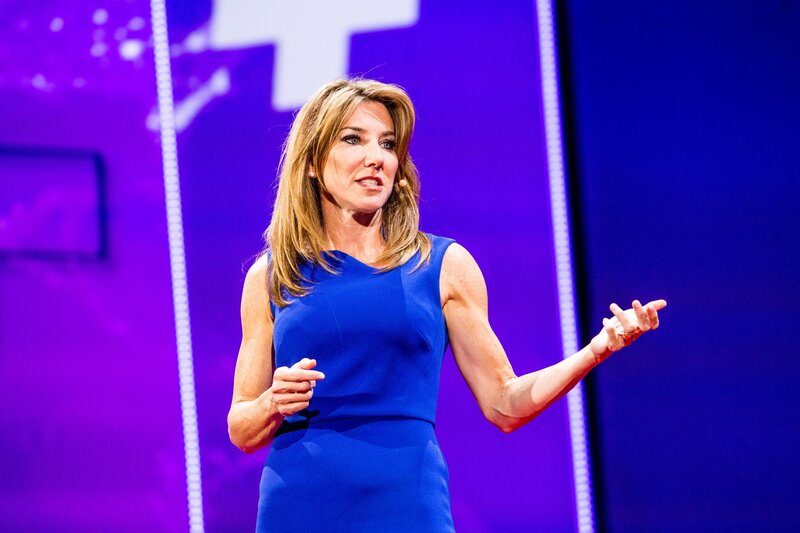



"Mike helped me create the signature keynote I'd been dreaming of giving. He was so skillful, artful, creative in helping me create a #mikedropmoment."




“He should have charged me 5x as much because the VALUE I received was so astounding!”
“Working with Mike made me more compelling, more motivational, more relatable, and more myself”
WORD ON THE STREET
— Erin King, Bestselling Author & Top-Ranked Keynote Speaker
— Tiffany Lanier, Change and wellbeing keynote speaker
— Laura Gassner Otting, bestselling author and TEDx speaker


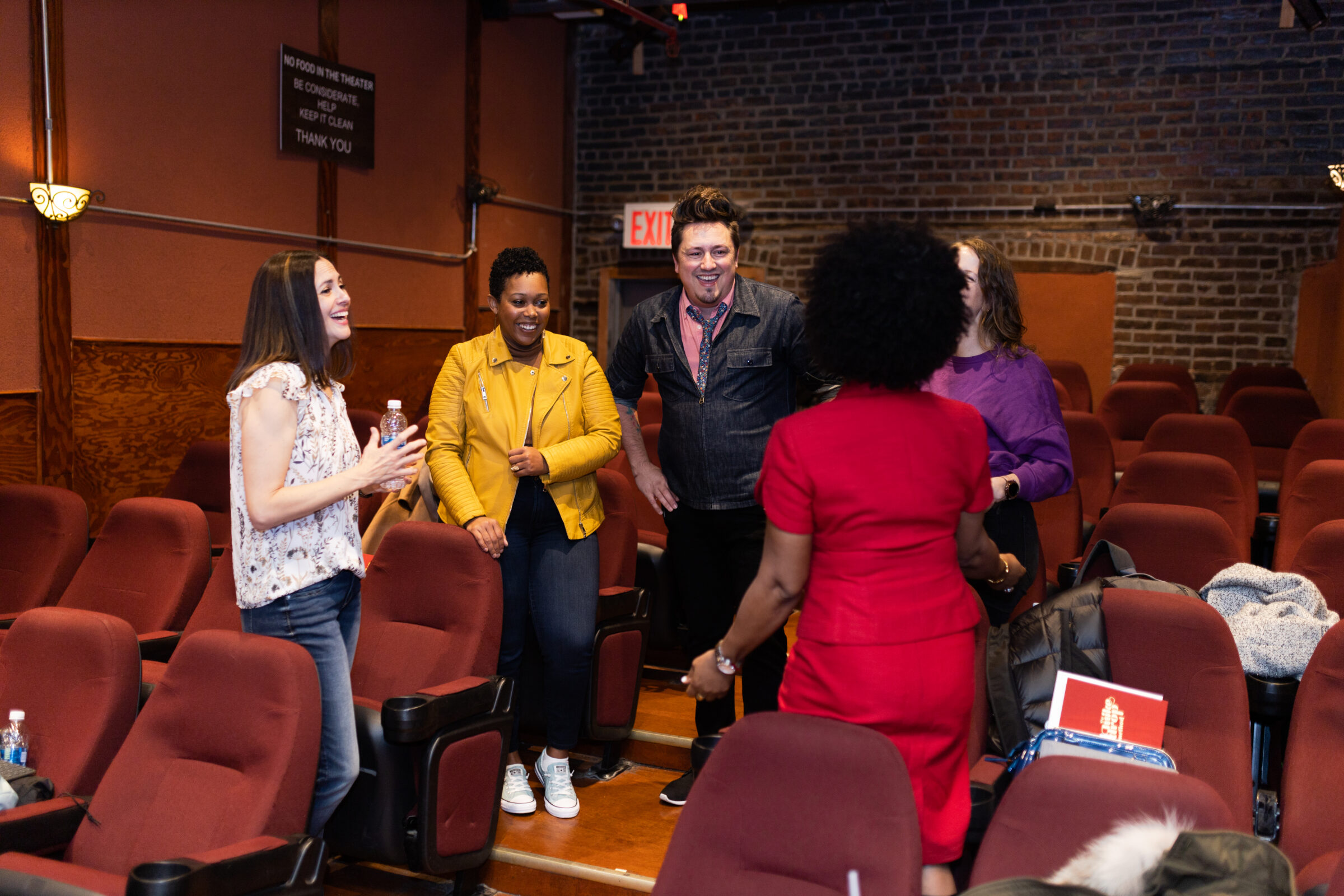
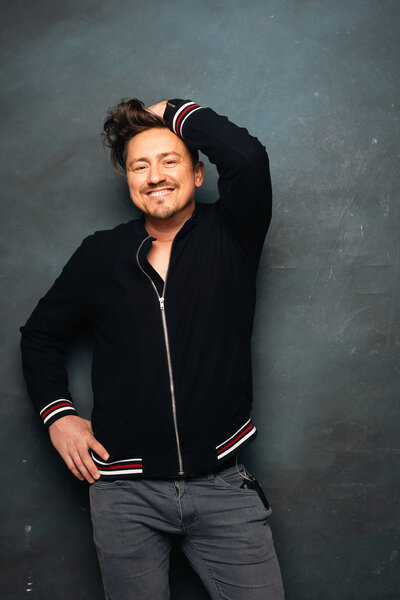



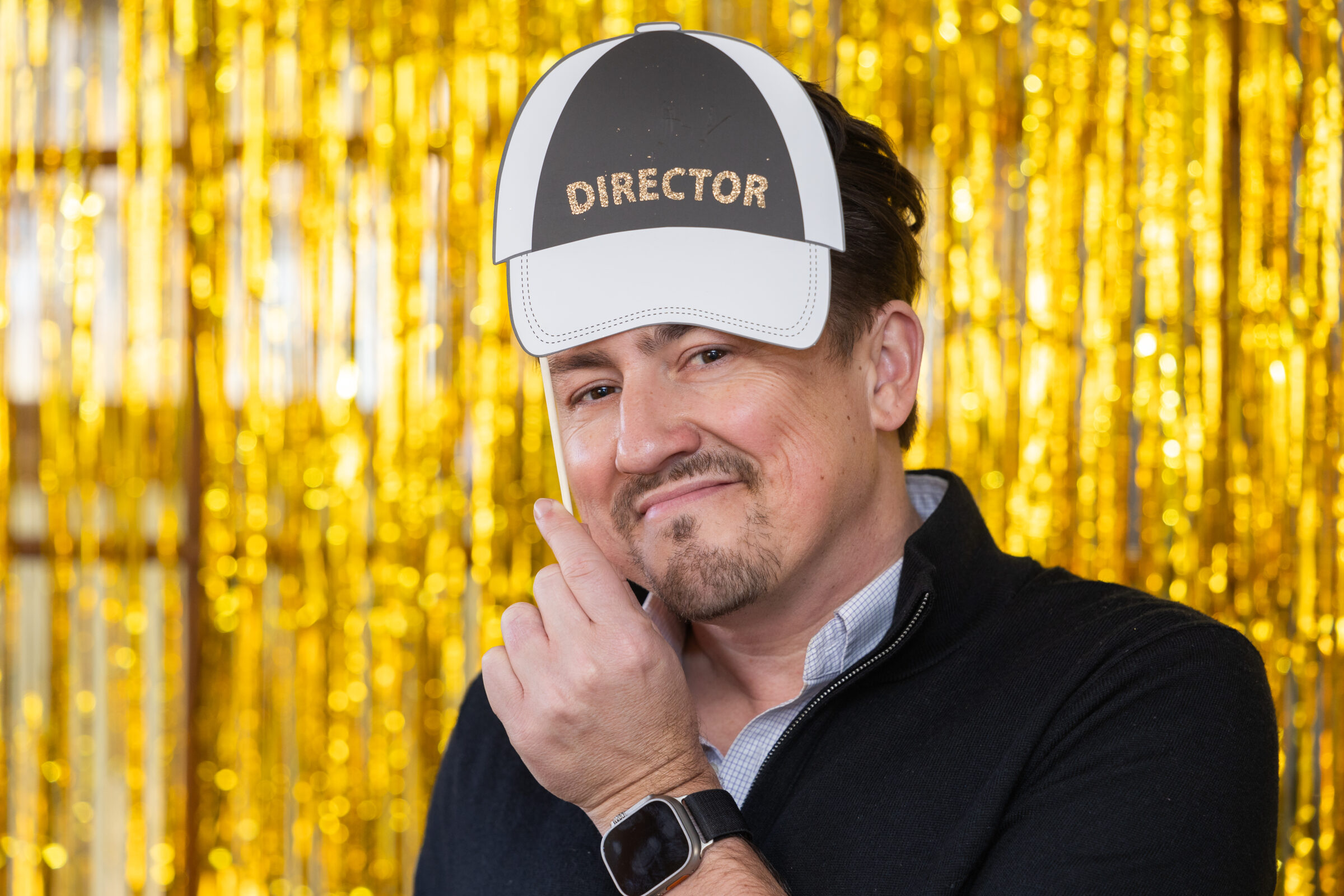

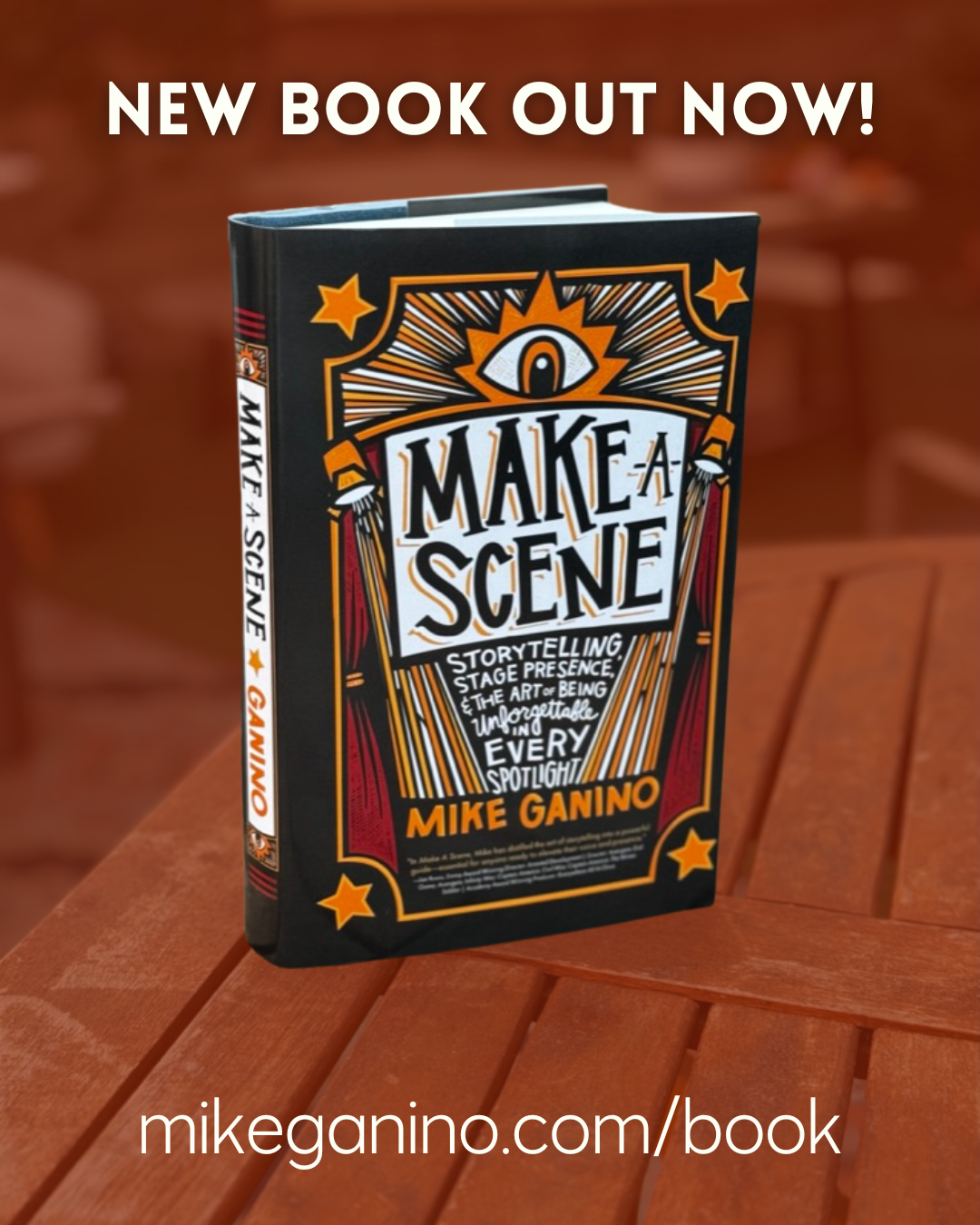
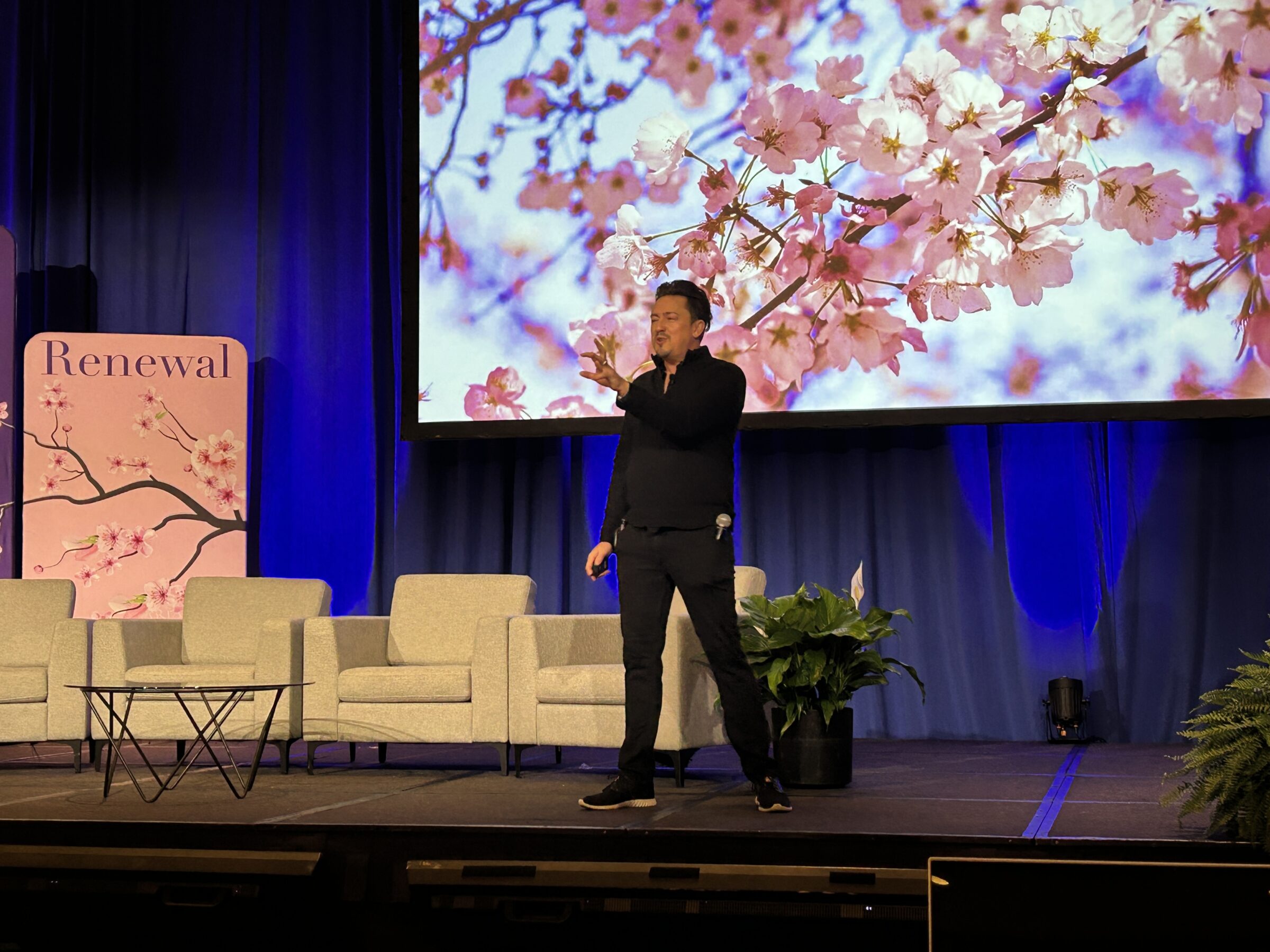



+ Show / Hide Comments
Share to: